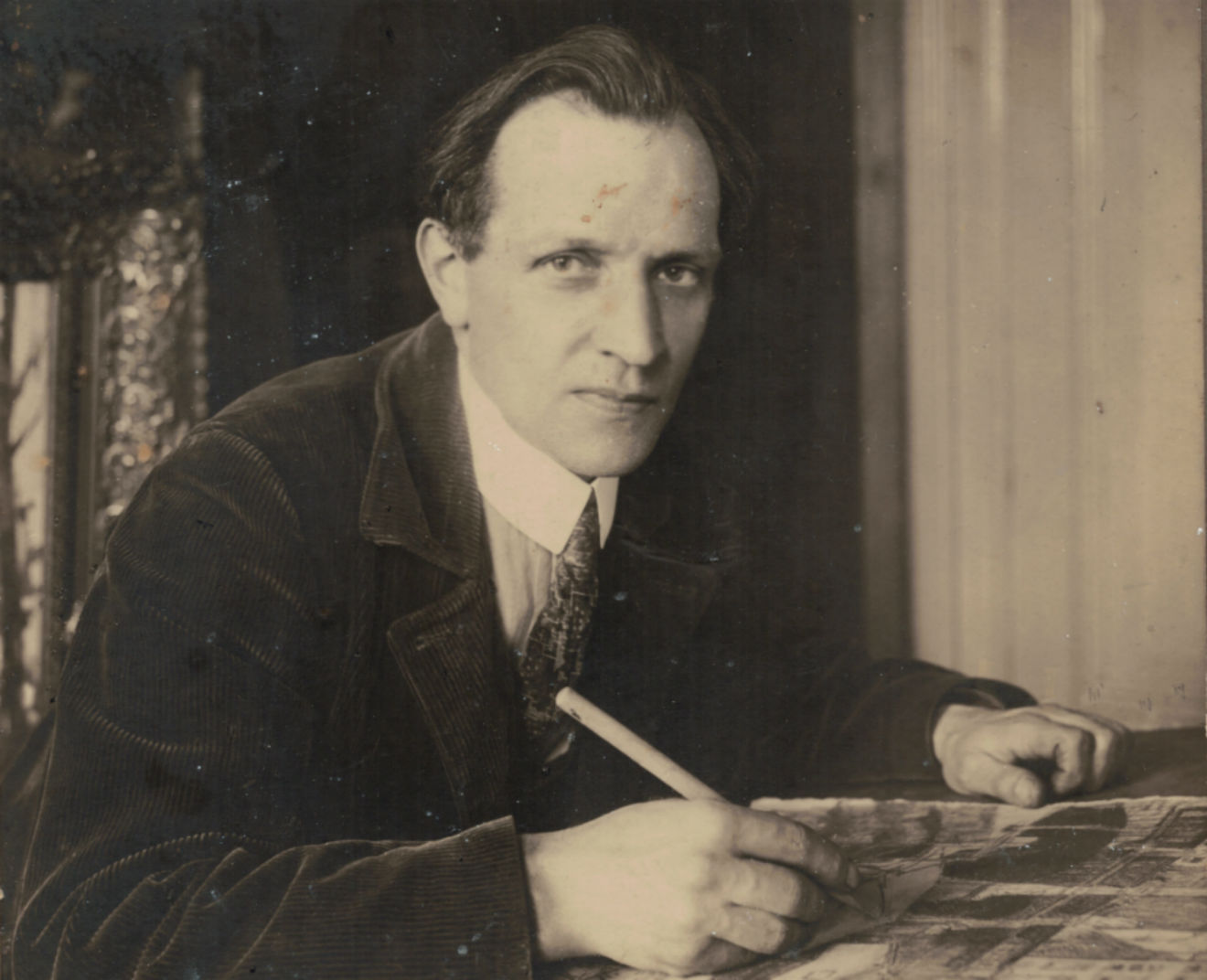
Jan Sirks c 1925
The artist Jan Sirks captured the world around him from the moment he could hold a pencil until the very last day of his life. In his drive to make sense of the rapidly changing world of the early 20th Century Sirks explored multiple themes.
The main themes in Sirks’s art appear as polar opposites. On the one hand there are industrialization, engineering, shipping and construction. On the other, there is reflection, solitude, isolation, and harmony. Sirks’s oeuvre ranges from the hustle and bustle of the waterside and the calm reflection of nature to figures, animals and the turbulence of the subconscious mind.
With a bold and expressive style Sirks captured the docks, canals, cityscapes, port- and harbour scenes, street scenes and markets. Sirks was intrigued by the realism of the gritty day-to-day reality of Rotterdam as the world of shipping transformed from sail to engine and from workhorse and human back to elevator.
Sirks repeatedly shows the human figure dwarfed by his environment as he labours on the docks or on ships. The increasingly more tumultuous skies bear down on the changing skylines that reflect the engineering capabilities of his day. Elevators, high rises and large bridges dwarf the isolated figures. As sails made way for steam, Sirks took increasingly to the large Rhine and Maas Harbours to capture the steel giants of the new world.
In his portrayal of nature he captured farms, rivers and trees and his palette evolved through different phases of colour, abstraction and illumination to a mature and harmonious naturalistic style. The themes of reflection, solitude and harmony can be found throughout his paintings, etchings and watercolours.
In his portraits and figures, Sirks captured the unique pose that was characteristic of his models and with his esoteric visions and self-portraits are an expression of a highly personal inner experience.
Jan Sirks was a seeker who searched for truth and meaning. He explored mysticism, theosophy, anthroposophy and Freemasonry and is influenced by The Hague School, Social Realism, Symbolism, Impressionism and Cubism, German Expressionism, Japonisme and colour theory.
Jan Sirks was a man of contrast and deep thought and his art fully embraces the unique, vibrant and rapidly changing time he lived in.